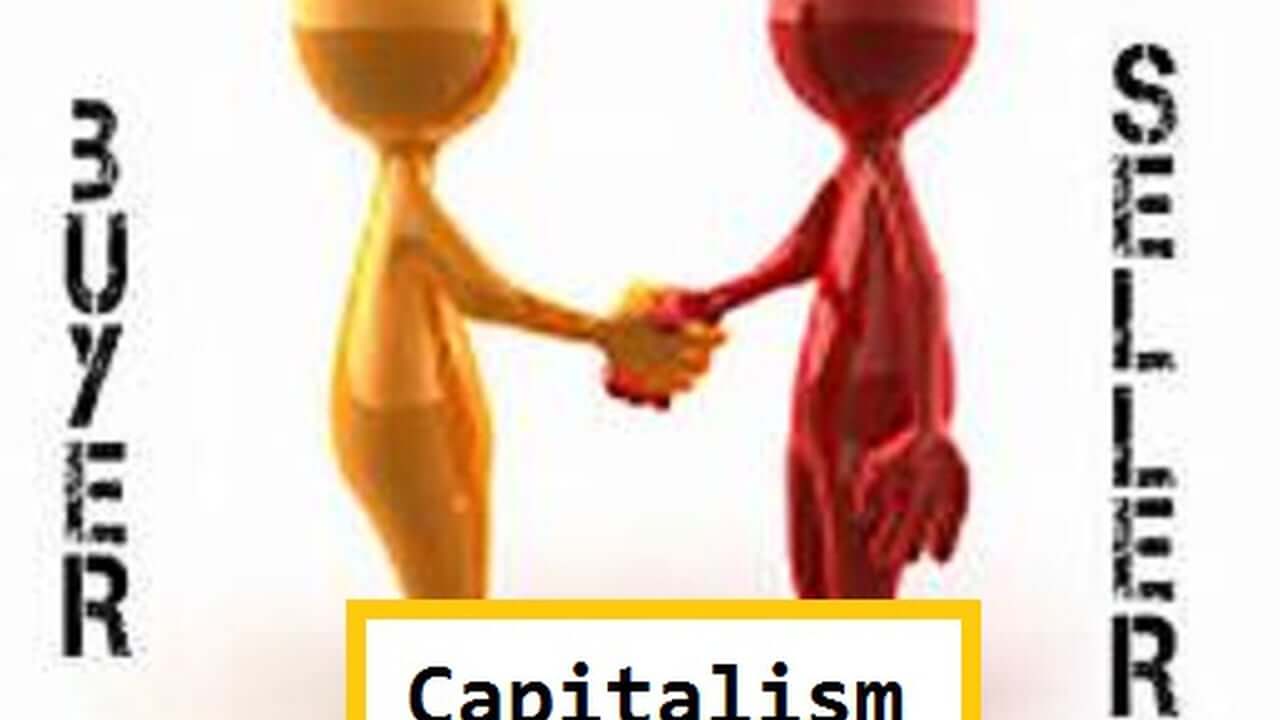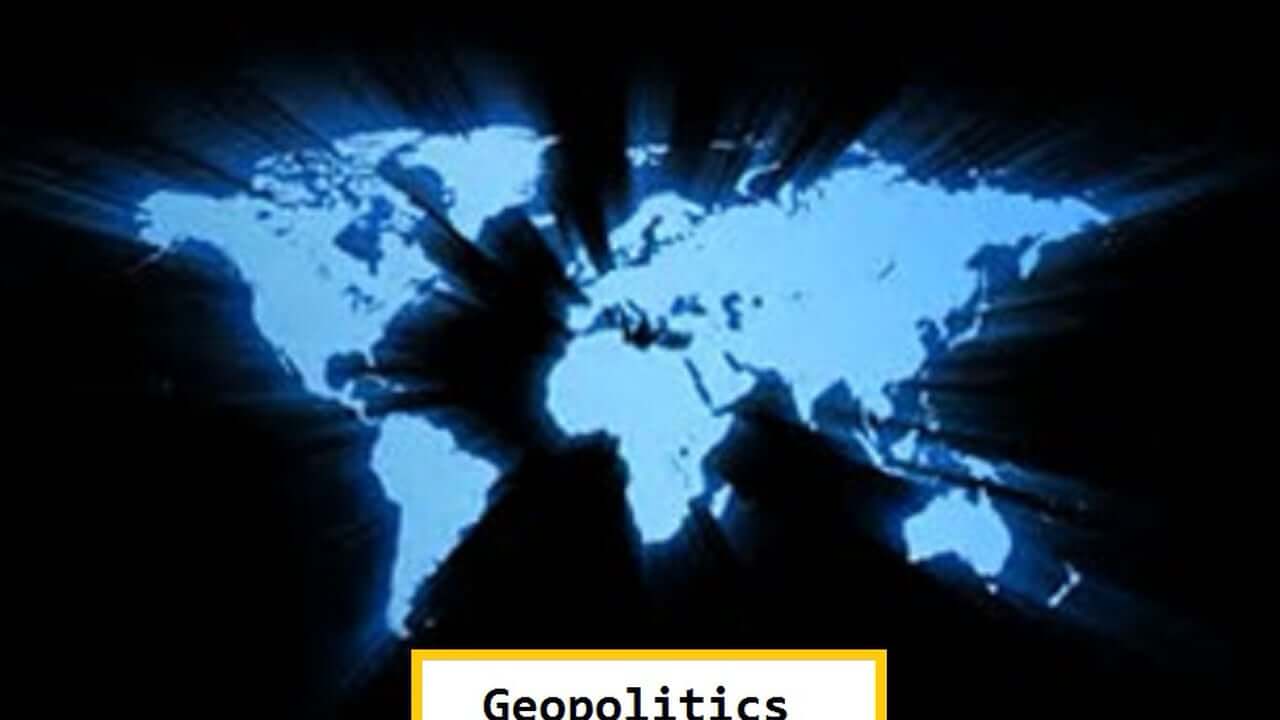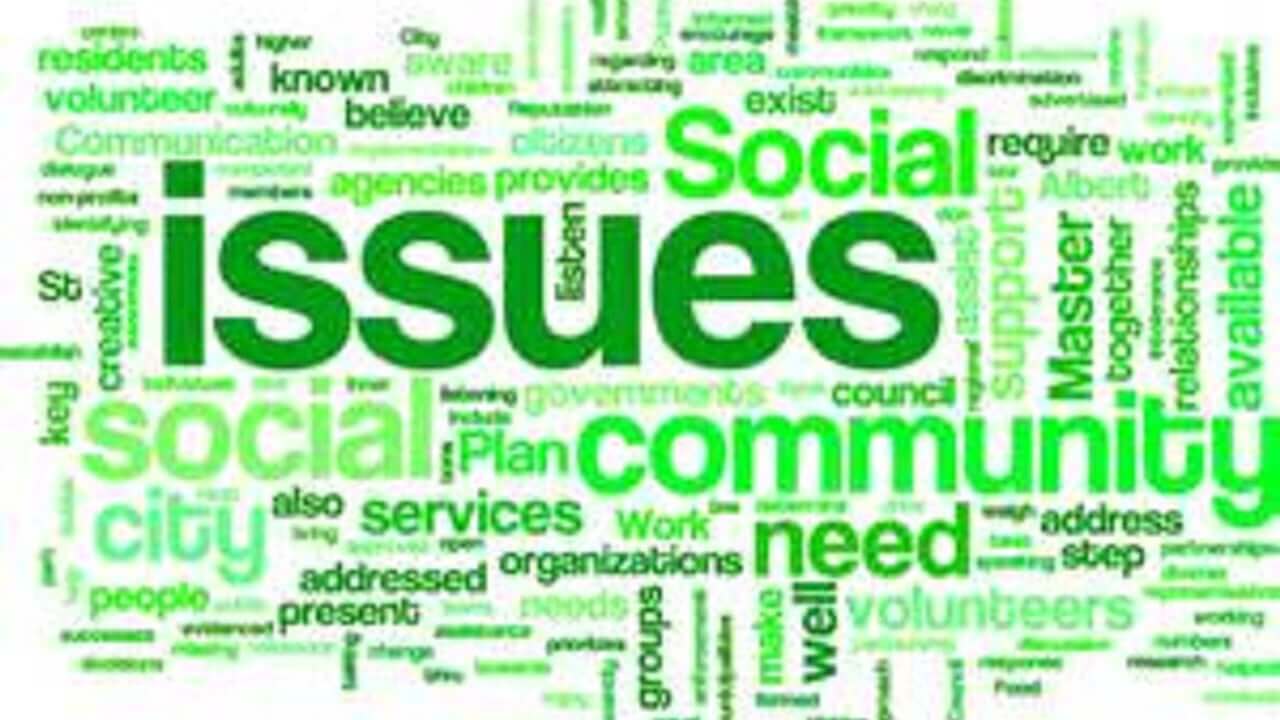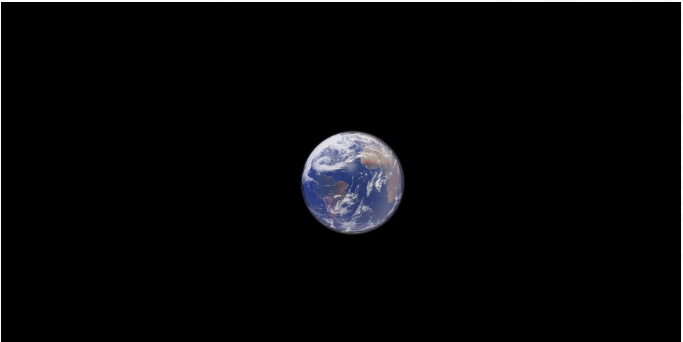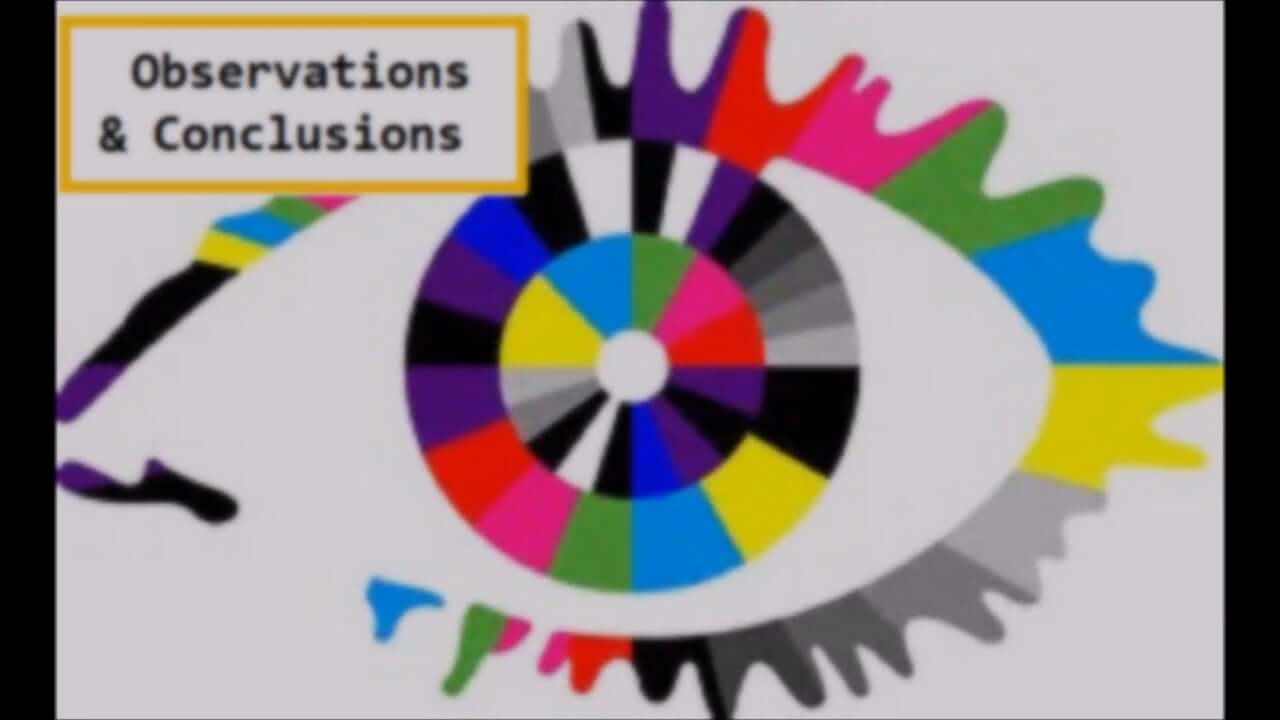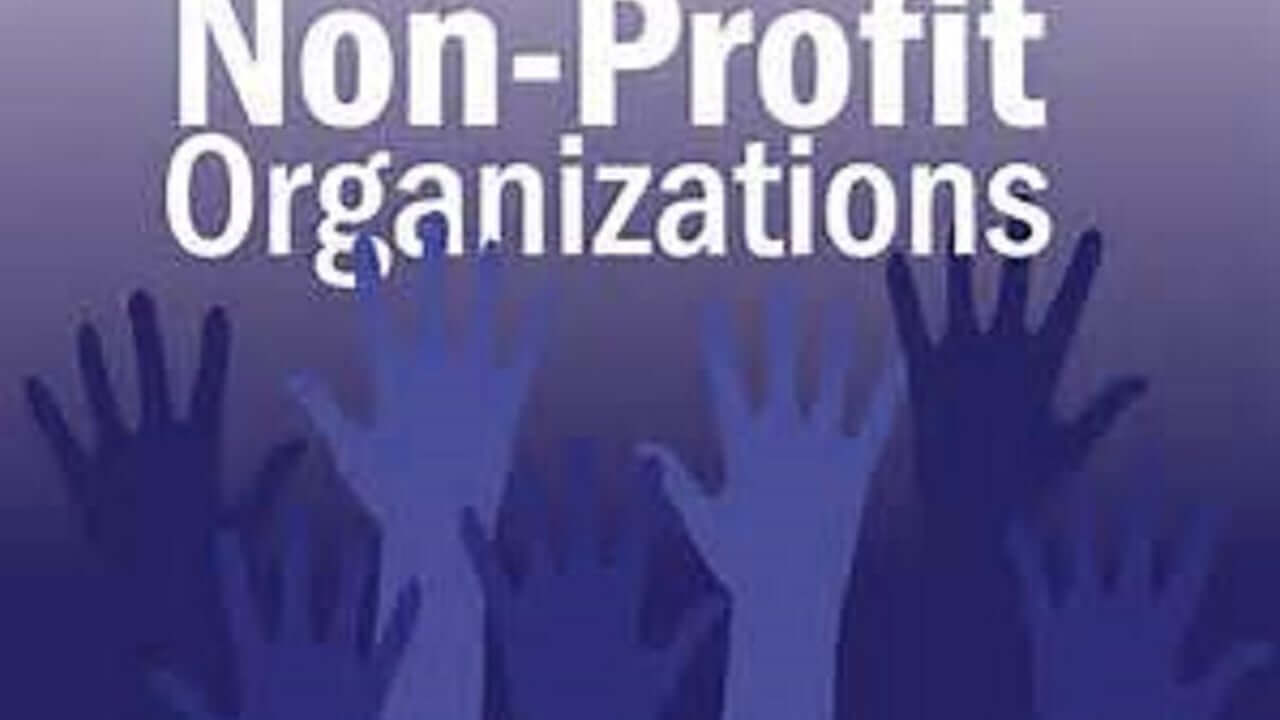Next Videos
WORLD TRADE
If our country had a banner hanging on it what do you think it would say “hey we make great stuff” or “hey we want to buy stuff”? Well our actions speak the truth. The United States is in the lowest 5 percentile in the world when comparing what percent of our economy comes from exports. We share this position with Ethiopia, the Sudan and Afghanistan. What does this say about our world vision? But don’t despair we are the winner, 1st in a field of 216 when it comes to imports.
One reason is – that we don’t make the products that the rest of the world wants. We’re in our own little vacuum focusing on black Friday and the Christmas shopping season. And if the world doesn’t want our products – we say tough luck. Common sense says that’s bad business.
We need to break out of this bubble. While our population of 300 million may seem like a lot – in comparison there’s another 7 billion customers on the other side. At the heart of the 2020plan is the vision to expand commerce outside our borders and capture the incredible opportunities waiting for us in the core4 sectors. We have incredible natural resources of our: people, innovation, technology and small business and yet we keep them sealed inside our bubble.
Lately our leaders have chosen to govern by fear as opposed to opportunity and are moving us further in the wrong direction. Closing our focus on trade is a bad prescription and will lead to severe long term economic atrophy.
And where in world history has isolationism been a good economic strategy? Trade between populations has been propelling nations for thousands of years. If we look at our own history and go back to right after the American Revolution, most of the colonies had stiff tariffs to protect their interests. In 1788 our leaders had the wisdom to realize that would hamper our growth and made them illegal. Now here we are 250 years later in a global setting and our leaders think that protectionist trade policies will improve our economy. Could you imagine what our economy would look like if we didn’t trade freely between our states?
Protectionist policies are short sighted and put us at a huge disadvantage. The idea that our jobs were all lost to foreign nations is a scapegoat for not having any solutions. Most of these jobs were replaced by automation and technology. Technology has fundamentally changed the rules. And global specialization will continue to advance whether we participate or not. The world is not going to wait for us to join the party. And to make trade policies based on a goal of job growth is like using a hammer to drive in a screw. It’s the wrong tool for the job and it’s just going to make a mess. If you want to create jobs or improve trade agreements at least use the right tools.
When you provide the products and services that customers want the balance of power changes. Just look at the success of the I-phone. It sold more products in China than here in the US.
And this is the only way to fundamentally improve our trade agreements. Basic negotiating principles tell us that the party that has the upper hand is always the one selling the products in demand and not the one buying them. So how can we improve our trade agreements when we’re always the buyers?
The 2020plan converts us from consumers into producers. By providing innovative solutions to global issues – we now make ourselves invaluable to our customers. That’s how we can: increase our exports, improve our trade agreements and create jobs. All at the same time all with the same tool.
World trade is essential to our future. The2020 plan opens our eyes to break out of our bubble and see the amazing opportunities sitting right in front of us. So it’s our choice, do we want to control our future or let the future control us?





